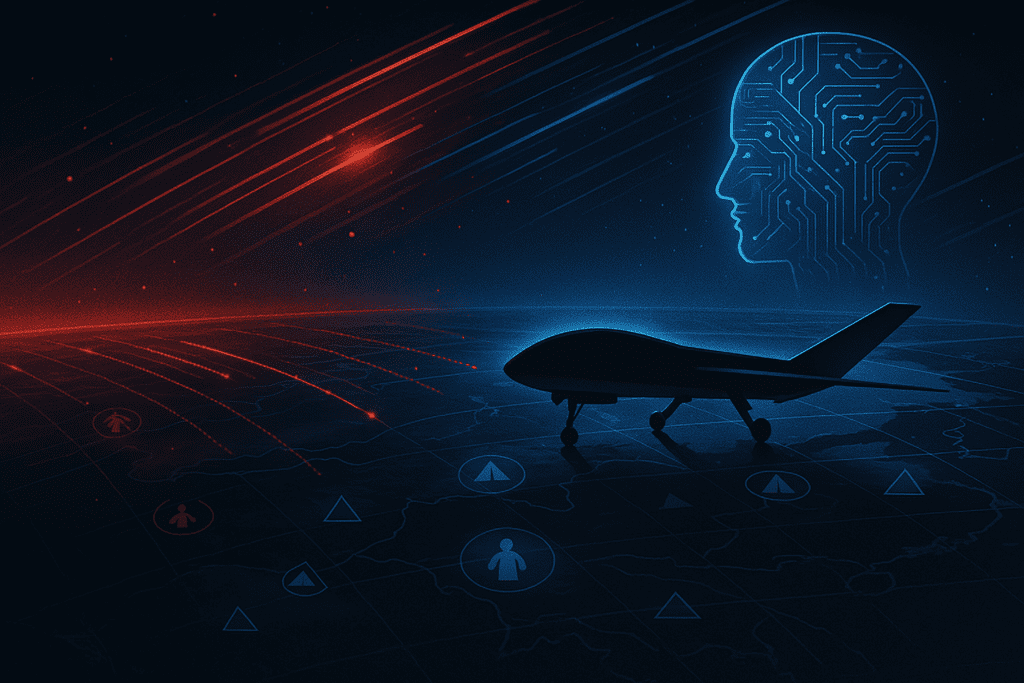
The Rise of AI in Modern Warfare: From Targeting to Autonomous Combat
There was a time when artificial intelligence in the military just meant better spreadsheets or smoother logistics. However, today’s world is discussing the fact of using AI in Modern Warfare.
Today, AI is showing up right where it matters most—on the battlefield. It’s helping troops respond faster, aim smarter, and make decisions under pressure. Things that once felt like science fiction are now part of real-life combat.
AI on the Battlefield: Current Applications
Modern militaries are leveraging AI in numerous combat and support roles. These include real-time target recognition, predictive maintenance, route planning, and increasingly, decision-making in dynamic threat environments.
- Target Detection: AI can process ISR (Intelligence, Surveillance, Reconnaissance) data to identify and track threats in real time.
- Drone Swarming: Algorithms enable coordinated movement and engagement by large numbers of UAVs acting as a single unit.
- Loitering Munitions: Autonomous drones like Israel’s Harpy or Russia’s Lancet can identify and strike targets without human input.
- Combat Simulations: AI is used to train soldiers and test weapon effectiveness in virtual environments.
- Cyber Defense: AI plays a growing role in detecting and neutralizing cyber threats before they impact physical systems.
Key Players in Military AI Development
Several private defense-tech companies are leading the integration of AI into modern combat systems:
- Palantir Technologies: Known for AI-driven battlefield analytics and mission planning systems.
- Anduril Industries: Developer of autonomous sentry towers, AI-powered surveillance systems, and the Lattice OS combat platform.
- Northrop Grumman & Lockheed Martin: Integrating AI into advanced fighter jets and missile systems.
Future Use Cases and Global Adoption
Looking ahead, AI is expected to support more autonomous decision-making in command and control systems. NATO forces are already investing in AI for logistics and battlefield communication. China is integrating AI into its anti-access/area denial (A2/AD) strategy, while the United States continues to experiment with AI-powered joint all-domain operations (JADO). Smaller nations are also exploring AI for border surveillance and asymmetric deterrence strategies.
Ethical and Strategic Dilemmas
The use of AI in modern warfare and lethal autonomous systems raises serious ethical concerns. Who is accountable when an AI makes a fatal error? What safeguards are in place to prevent accidental escalation? These questions are increasingly debated in international law and policy circles. Meanwhile, military planners argue that adversaries’ adoption of AI leaves little choice but to develop matching capabilities.
Conclusion
AI is no longer a theoretical component of warfare—it is already here. As autonomous systems continue to evolve, the line between man and machine in combat will blur. Nations and developers must now balance technological progress with ethical responsibility, as the future of conflict becomes increasingly algorithm-driven.





